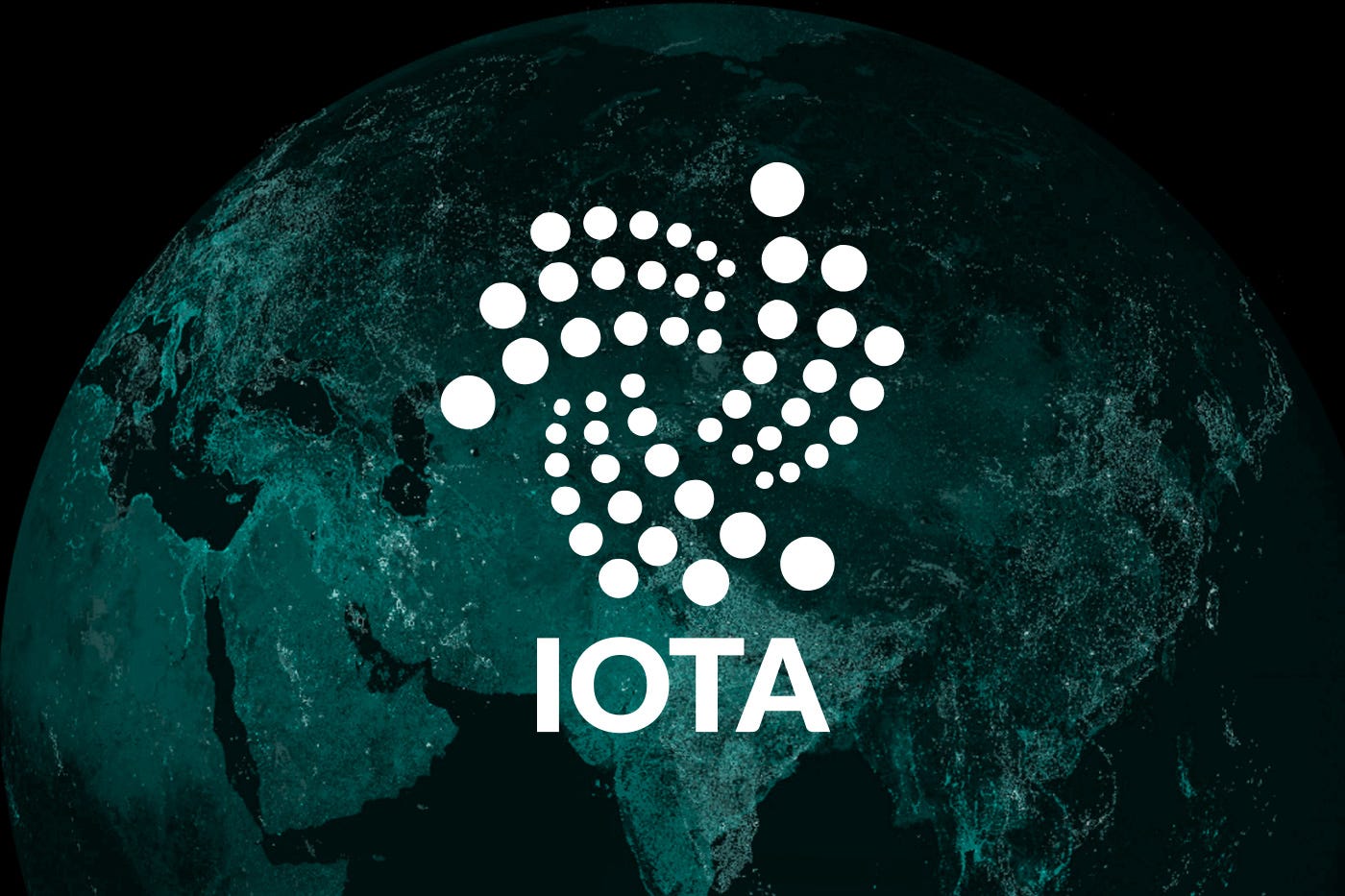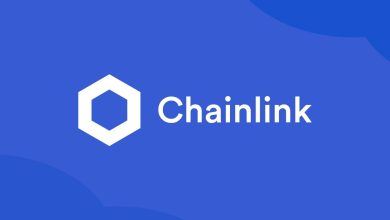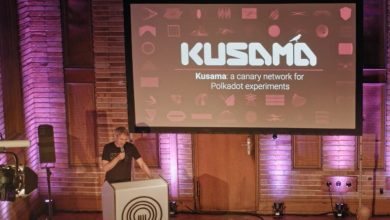IOTA (MIOTA): The Blockchain for the Internet of Things

- Understanding IOTA and its role in the Internet of Things
- How IOTA is revolutionizing the way devices interact in the digital world
- The unique features of IOTA that make it ideal for IoT applications
- Challenges and opportunities for IOTA in the rapidly growing IoT market
- Real-world examples of IOTA being used in IoT projects
- The future of IOTA and its potential impact on the Internet of Things industry
Understanding IOTA and its role in the Internet of Things
IOTA plays a crucial role in the Internet of Things (IoT) ecosystem by providing a unique blockchain solution tailored to the specific needs of IoT devices. Unlike traditional blockchains that rely on miners to validate transactions, IOTA utilizes a revolutionary technology called the Tangle. The Tangle is a directed acyclic graph (DAG) that allows for feeless transactions and enables scalability, making it ideal for the high volume of microtransactions that IoT devices generate.
By eliminating transaction fees, IOTA ensures that even the smallest IoT devices can participate in the network without incurring prohibitive costs. This opens up a world of possibilities for machine-to-machine communication and automated transactions, enabling a truly decentralized IoT ecosystem. Additionally, IOTA’s lightweight protocol makes it easy for IoT devices with limited computational resources to participate in the network, further enhancing its suitability for the IoT space.
One of the key advantages of IOTA in the IoT landscape is its focus on data integrity and security. With the proliferation of connected devices, ensuring the authenticity and integrity of data exchanged between devices is paramount. IOTA’s quantum-resistant cryptography and data immutability features provide a robust foundation for securing IoT transactions and data, safeguarding against potential cyber threats and ensuring the trustworthiness of the IoT ecosystem.
How IOTA is revolutionizing the way devices interact in the digital world
IOTA is transforming the way devices communicate and transact in the digital realm. By utilizing its unique Tangle technology, IOTA eliminates the need for traditional blockchain structures, making it lightweight and scalable for the Internet of Things (IoT) ecosystem.
Unlike blockchain-based cryptocurrencies, IOTA does not rely on miners to validate transactions. Instead, each participant in the network must confirm two previous transactions, ensuring a decentralized and efficient system. This approach allows for feeless microtransactions, making it ideal for machine-to-machine interactions.
With IOTA, devices can securely transfer data and value in real-time, enabling new business models and use cases in various industries. From smart cities to supply chain management, IOTA’s feeless and scalable nature opens up a world of possibilities for IoT applications.
The unique features of IOTA that make it ideal for IoT applications
IOTA has several unique features that set it apart from other blockchain platforms and make it particularly well-suited for Internet of Things (IoT) applications. These features include:
- Scalability: IOTA’s Tangle technology allows for unlimited scalability, making it capable of handling a high volume of transactions simultaneously. This is crucial for IoT applications, which often involve a large number of connected devices communicating with each other.
- Feeless transactions: Unlike traditional blockchain networks that require transaction fees, IOTA enables feeless transactions. This is advantageous for IoT devices that need to make frequent microtransactions without incurring high costs.
- Fast transaction speeds: IOTA’s Tangle architecture enables fast transaction speeds, ensuring that IoT devices can communicate and transact quickly and efficiently. This is essential for real-time applications that require instant data transfer.
- Secure data transfer: IOTA uses quantum-resistant cryptographic algorithms to ensure the security of data transferred between IoT devices. This protects sensitive information from potential cyber threats and ensures the integrity of the IoT network.
- Decentralized network: IOTA operates on a decentralized network, meaning that there is no central point of control. This enhances the security and reliability of the IoT ecosystem, as there is no single point of failure that could compromise the entire network.
Overall, IOTA’s unique features make it an ideal blockchain platform for IoT applications, offering scalability, feeless transactions, fast speeds, secure data transfer, and decentralization. These qualities position IOTA as a leading solution for the growing intersection of blockchain technology and the Internet of Things.
Challenges and opportunities for IOTA in the rapidly growing IoT market
The Internet of Things (IoT) market is expanding rapidly, presenting both challenges and opportunities for IOTA. As more devices become interconnected, the need for secure and scalable solutions is paramount. IOTA’s unique Tangle technology offers a promising alternative to traditional blockchain systems, providing a feeless and lightweight platform for IoT applications.
One of the main challenges facing IOTA in the IoT market is the need to establish itself as a trusted and reliable solution for businesses and developers. With increasing competition from other blockchain projects, IOTA must demonstrate the scalability and security of its network to attract new users and partnerships.
On the other hand, the growing demand for IoT solutions presents a significant opportunity for IOTA to expand its reach and impact in the market. By focusing on real-world use cases and developing strategic partnerships with industry leaders, IOTA can position itself as a leading platform for IoT applications.
In order to capitalize on these opportunities, IOTA must continue to innovate and evolve its technology to meet the changing needs of the IoT market. By staying ahead of the curve and adapting to new trends and challenges, IOTA can solidify its position as a key player in the rapidly growing IoT ecosystem.
Real-world examples of IOTA being used in IoT projects
There are several real-world examples of IOTA being utilized in various IoT projects. These projects showcase the versatility and potential of IOTA’s blockchain technology in the Internet of Things space.
- IOTA has been used in smart energy grids to facilitate microtransactions between smart devices. This allows for more efficient energy distribution and consumption.
- In the automotive industry, IOTA has been integrated into connected cars to enable secure data transfer and payment processing for services such as parking and toll collection.
- IOTA has also been applied in supply chain management to track the movement of goods in real-time, ensuring transparency and security throughout the supply chain.
- Furthermore, IOTA has been used in healthcare IoT projects to securely store and share patient data between medical devices and healthcare providers.
These examples demonstrate the wide-ranging applications of IOTA in IoT projects across various industries, highlighting its potential to revolutionize the way devices and systems interact and transact in the digital economy.
The future of IOTA and its potential impact on the Internet of Things industry
The future of IOTA holds great promise for the Internet of Things (IoT) industry. As a revolutionary blockchain technology, IOTA is uniquely positioned to address the challenges faced by IoT devices in terms of scalability, security, and transaction fees.
One of the key features of IOTA is its tangle technology, which allows for feeless transactions and enables microtransactions between IoT devices. This opens up a world of possibilities for the IoT industry, as devices can now securely and efficiently transfer data and value without the need for intermediaries.
With the rise of IoT devices in various industries such as smart homes, healthcare, and supply chain management, the demand for a scalable and secure distributed ledger technology like IOTA is only set to increase. IOTA’s potential impact on the IoT industry is immense, as it can streamline processes, reduce costs, and improve overall efficiency.
Furthermore, IOTA’s focus on machine-to-machine communication and data integrity makes it an ideal solution for the growing number of interconnected devices in the IoT ecosystem. By leveraging IOTA, companies can create new business models, enhance data security, and unlock the full potential of the IoT revolution.



